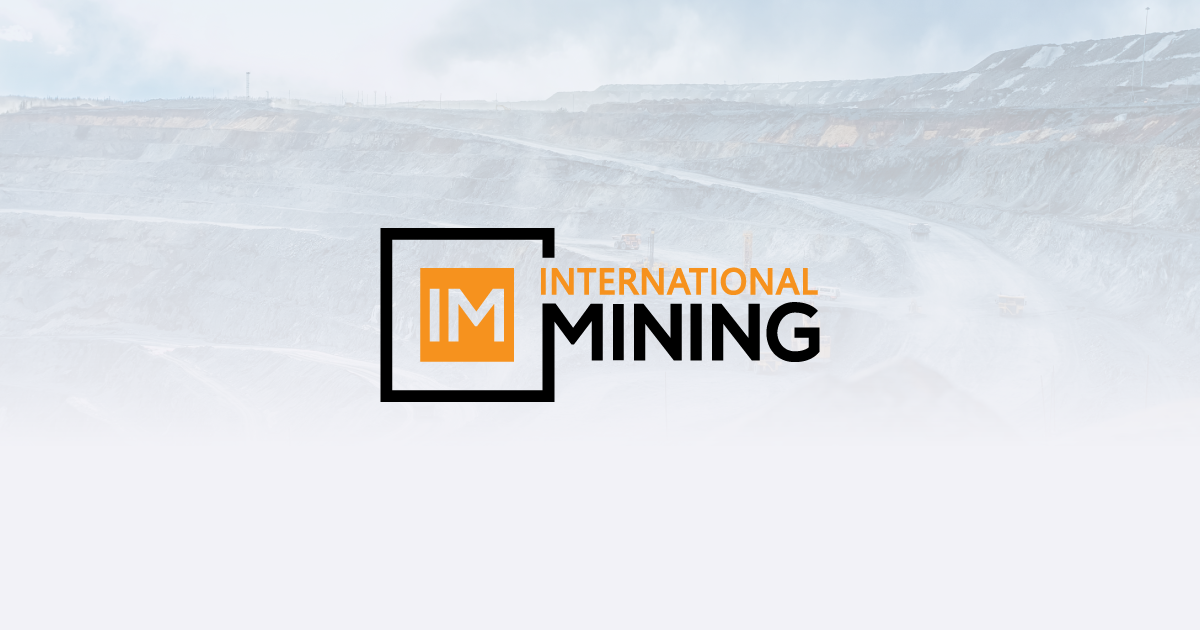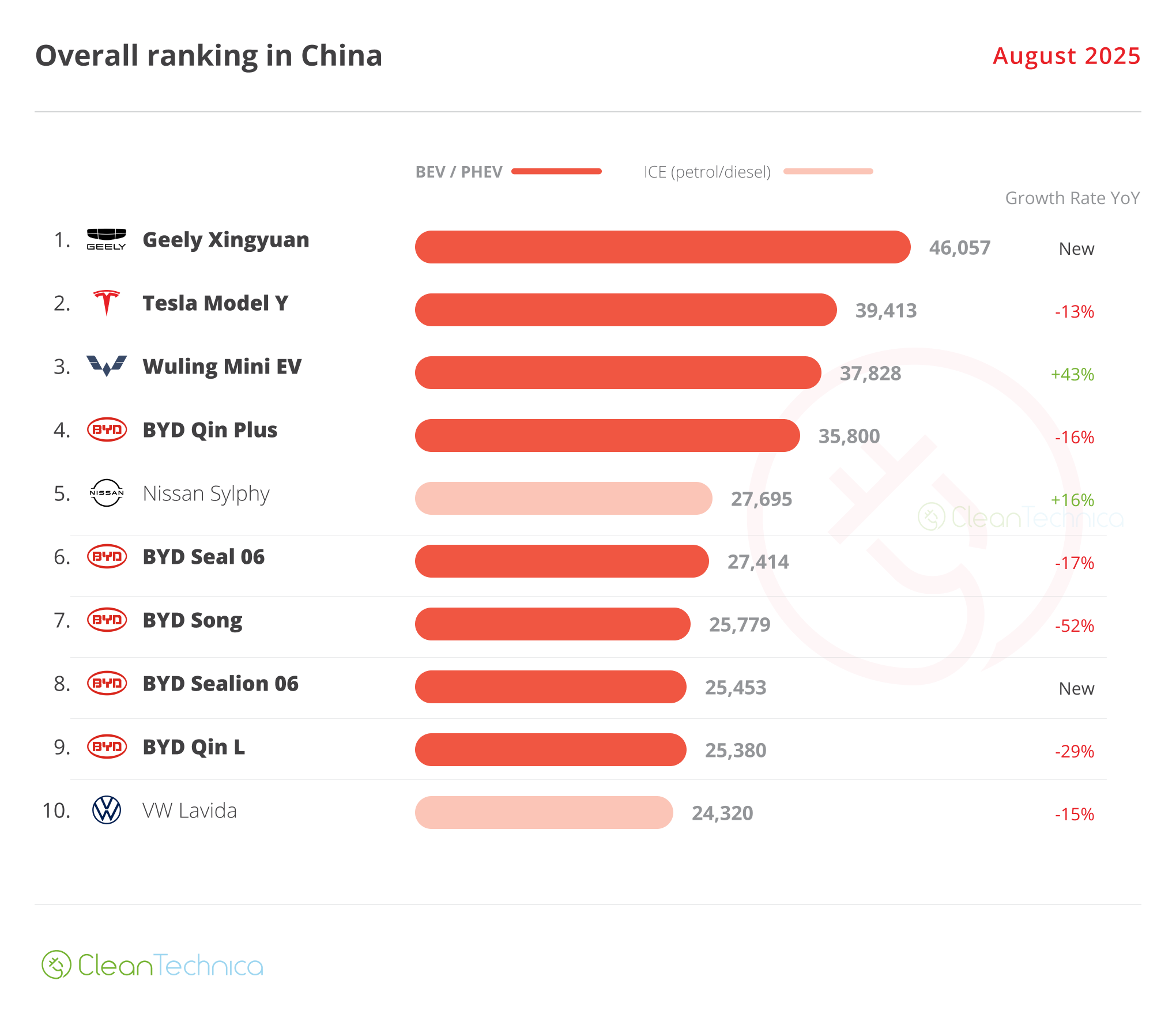At a time when growth is challenging for many companies, one strategy that has consistently helped private equity (PE) funds enhance their portfolio companies is add-on acquisitions.
Add-on acquisitions composed 70 percent of the total PE deal count in 2023, up from 57 percent in 2017 (exhibit). The strategy has gained prominence because of changes in the investment and macroeconomic backdrop. In the past, given the accessibility of low-cost debt financing and expanded valuation multiples, PE funds could achieve their performance targets using strategies such as operational efficiency aimed at growth, financial engineering, and strategic repositioning. That is much harder to accomplish today.

To enhance returns, PE funds are now focusing more on transformational strategies to help portfolio companies grow significantly and efficiently. In doing so, they can continue to achieve greater synergies across revenue (for example, acquiring a company in a new market to expand their geographical footprint), cost (such as acquiring a competitor to achieve economies of scale), and capital (for example, acquiring a competitor and consolidating inventory, manufacturing, and logistics).
In this article, we highlight five levers that PE funds and acquiring portfolio companies can use to execute a successful add-on strategy. These include acquiring add-on companies early in the holding period, focusing on the top value drivers after acquisition, creating an efficient (and repeatable) integration process, rigorously tracking performance, and enhancing in-house M&A capabilities.
Why PE funds pursue add-ons
There are at least three reasons why PE-backed funds pursue add-ons: capturing synergies to enhance EBIDTA expansion and growth, expanding multiples through higher ROIC and greater organic growth potential, and attracting and retaining talent through enhanced professional development and career growth opportunities.
Capturing synergies
Add-on acquisitions can achieve revenue growth through cross-selling and market expansion, cost reductions through optimizing operations and economies of scale, and capital enhancements through financial restructuring and asset management. For example, a portfolio company in the enterprise software sector that specializes in commodity price hedging significantly boosted its EBITDA, margin, and valuation by programmatically and strategically acquiring six add-on companies. By expanding its service and product offerings, and cross-selling to the add-on companies’ customer base, the company was able to increase its top line. It also reduced overhead costs by consolidating the back-end office.
Achieving higher valuations
Portfolio companies can enhance exit multiples through add-on acquisitions, which drive higher ROIC and greater future organic growth, leading to elevated exit valuations. For example, a portfolio company in the software sector increased its exit valuation by strategically acquiring hardware companies. By integrating these companies and their clients into its software-as-a-service offerings, the company boosted its future organic growth potential, leading to a higher exit multiple and an elevated valuation.
Attracting and retaining talent
After integration, portfolio companies can offer more career and geographical mobility, making these now-larger companies attractive to current and prospective employees. For example, an oil and gas company retained a high-performing business development executive through promotion to COO after geographically expanding through programmatic add-on acquisitions, providing the executive with significant professional advancement and global exposure.
PE fund managers’ track records and industry expertise, coupled with the active involvement of their portfolio companies, can create the perfect recipe for a well-executed add-on transaction. The fund and the portfolio company can swiftly and accurately discern market trends and growth prospects, which can expedite the process of identifying and acquiring add-on opportunities. Their collective expertise also enhances the portfolio company’s ability to pinpoint areas for improvement within add-on companies, thereby creating additional value. This ongoing engagement can also help in creating an extensive industry network, which grants managers access to valuable talent and resources.
Moreover, deal teams, operating partners, and portfolio company management teams that collaborate to build an M&A muscle together and establish a successful track record can hasten the process of identifying the next targets.
How to make add-on M&A work
Of course, not every add-on transaction is successful. To capture the full value from add-on deals, both PE funds and the acquiring portfolio companies must overcome various challenges, including protecting the revenue of the base businesses, creating cultural compatibility across add-on companies, and developing efficient M&A integration capabilities. Specifically in the United States, PE companies must also consider the increased risk posed by recent regulatory efforts from antitrust agencies, leading to greater scrutiny of funds pursuing add-on strategies. While this intensified scrutiny has not yet translated into a notable increase in blocked deals to our knowledge, PE companies must strengthen their diligence processes to ensure compliance, mitigate risks, and minimize potential delays in the closing of a transaction.
Based on our research and practical experience, we have identified five key levers that can effectively facilitate an add-on approach for both portfolio companies and PE funds: front-load acquisitions, focus on top value drivers, build a repeatable process, rigorously track value delivery, and build sustaining M&A capabilities.
Front-load acquisitions
Considering the inherent risk and time commitment associated with integrations, portfolio companies and PE funds should acquire desired add-on companies and move quickly to integrate early in the holding period, typically within the first three years. Early acquisitions and efficient integrations are essential for recognizing synergies and building larger, more stable businesses during the hold period.
Focus on top value drivers
Too often, portfolio companies either leave the acquired asset separate (for example, leave money on the table) or use a cookie-cutter approach that works in some deals but not others. Portfolio companies should focus on three to five key value drivers, such as cross-selling, building an end-to-end service offering, and consolidating operations early in the process (ideally during the diligence phase) to set a clear direction for the acquisition’s success.
Build a repeatable process
Portfolio companies should evaluate integration decisions (such as IT systems) against the ROI and payback time and show proof points quickly. They also will need to create and adjust system integration road maps based on value creation theses and hold periods, accounting for complicated process improvements that previous owners did not (or could not) implement. Based on our experience, quick and effective evaluation decisions can be made by adopting a rigorous stage-gate process, including developing strong business cases for (larger) one-time costs that help create true top- and bottom-line impact.
Rigorously track value delivery
PE funds and acquiring portfolio companies should have rigorous performance tracking (for instance, greater clarity on margin expansion) to increase transparency and improve actionability. We typically see tracking of a single source of truth as the new minimum for integration performance management. In many cases, companies are using cloud-based solutions to track integration KPIs for one or several add-on acquisitions. Performance tracking and associated KPIs are essential, as they help to evaluate acquisitions of different sizes based on the realized impact of each acquisition. Having targets for KPIs also helps identify and track any unintended synergies (or “dis-synergies”) or correction measures that the portfolio company can use or avoid in future acquisitions, thereby further refining and enhancing the M&A process.
Build sustaining M&A capabilities
PE operating teams and portfolio companies that enhance their internal integration capabilities position themselves for serial success. This can be done through a variety of different approaches, including seminars on M&A add-on integration, on-the-job training, and postintegration analysis to ensure that capabilities are built and ready to deploy for the next deal. For example, the manager of one PE fund invited the chief experience officers of all 20 of its portfolio companies to a half-day virtual session for M&A integration training to build their skills and capabilities. PE funds and portfolio companies can also use lessons from their performance tracking to enhance their M&A capabilities, ensuring that each acquisition will be faster, more efficient, and more effective than the previous one.
Add-ons offer a flexible solution for PE funds to use their dry powder effectively, regardless of the economic climate. When implemented skillfully, this approach can lead to enhanced EBITDA growth and increased valuations. However, successfully deploying this strategy requires funds and their acquiring portfolio companies to prioritize five critical levers while also ensuring a comprehensive diligence process.




